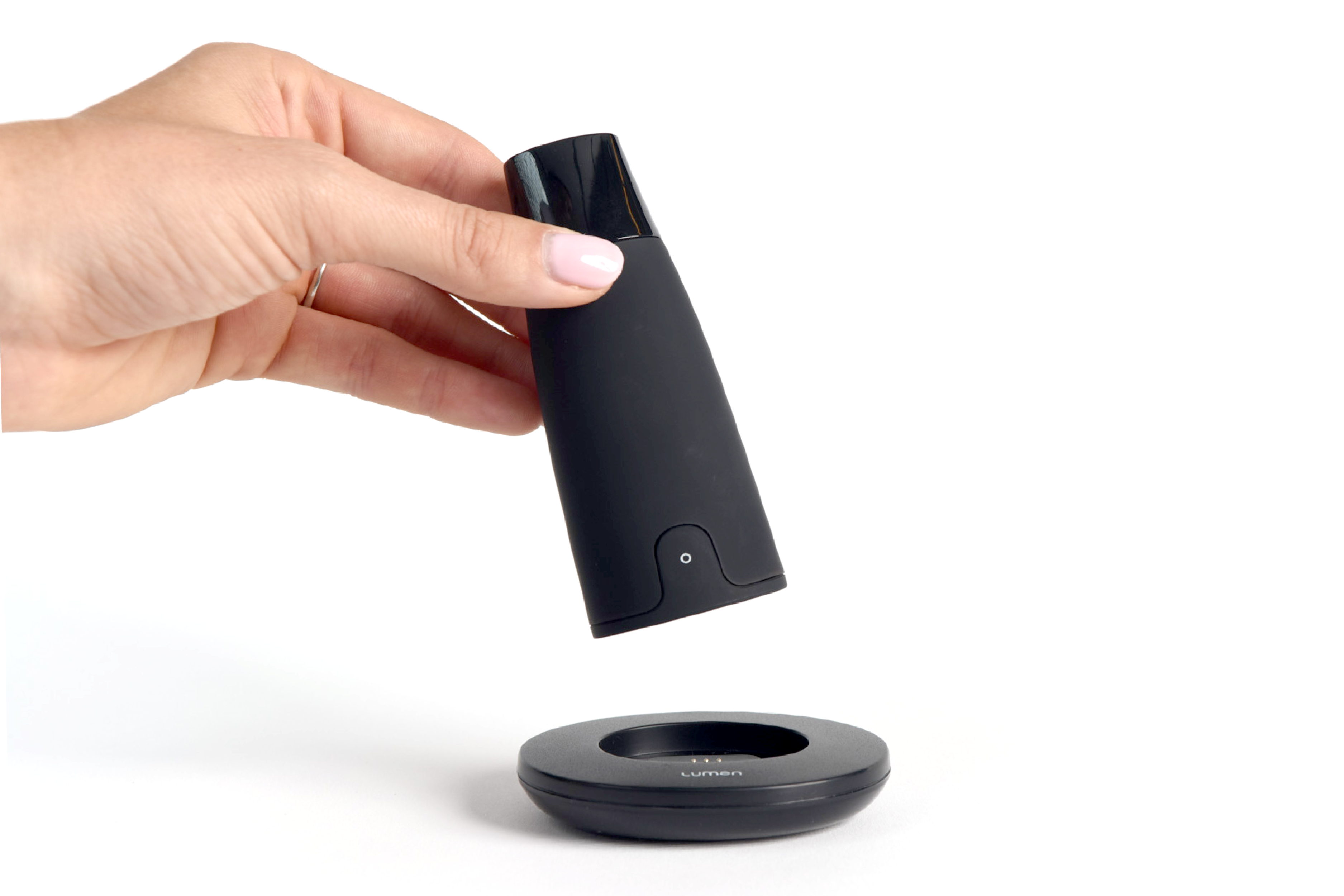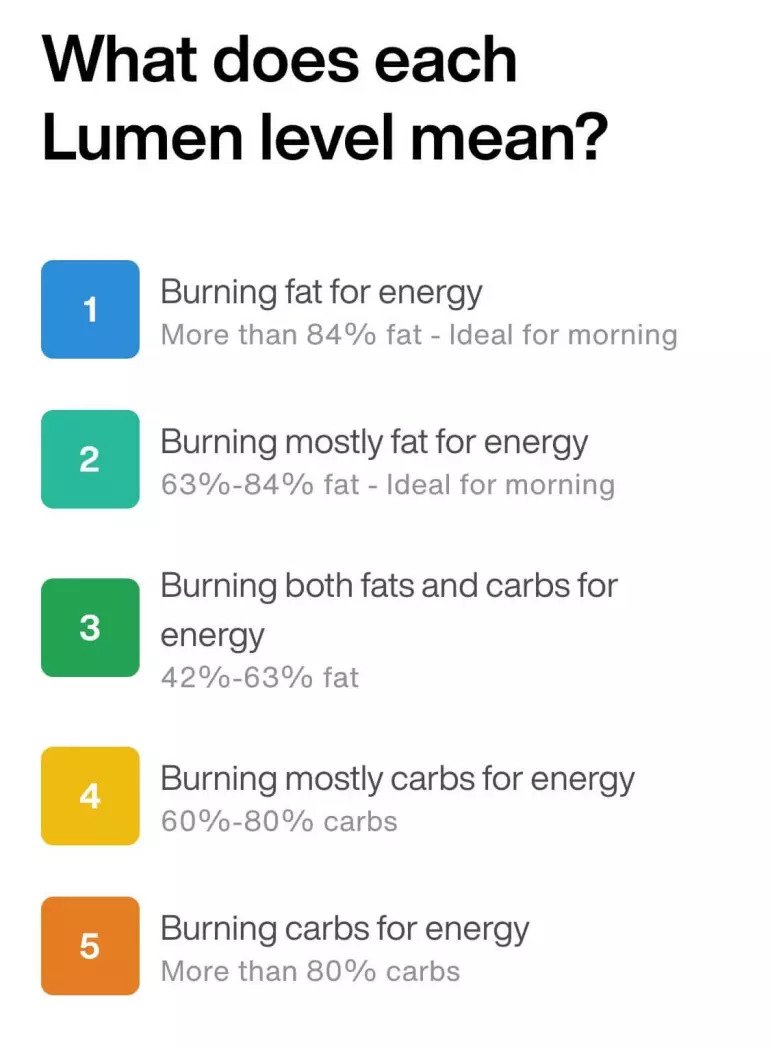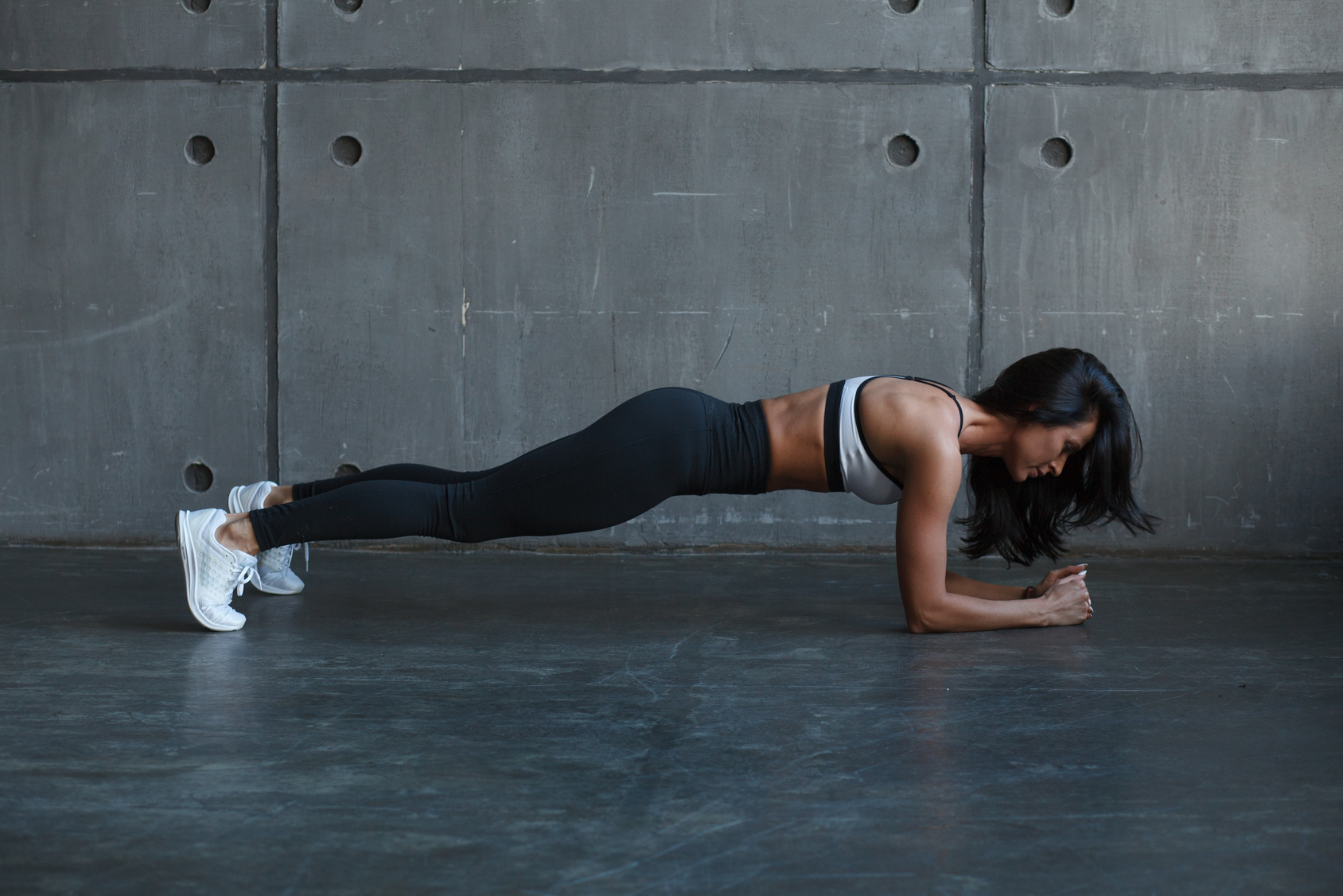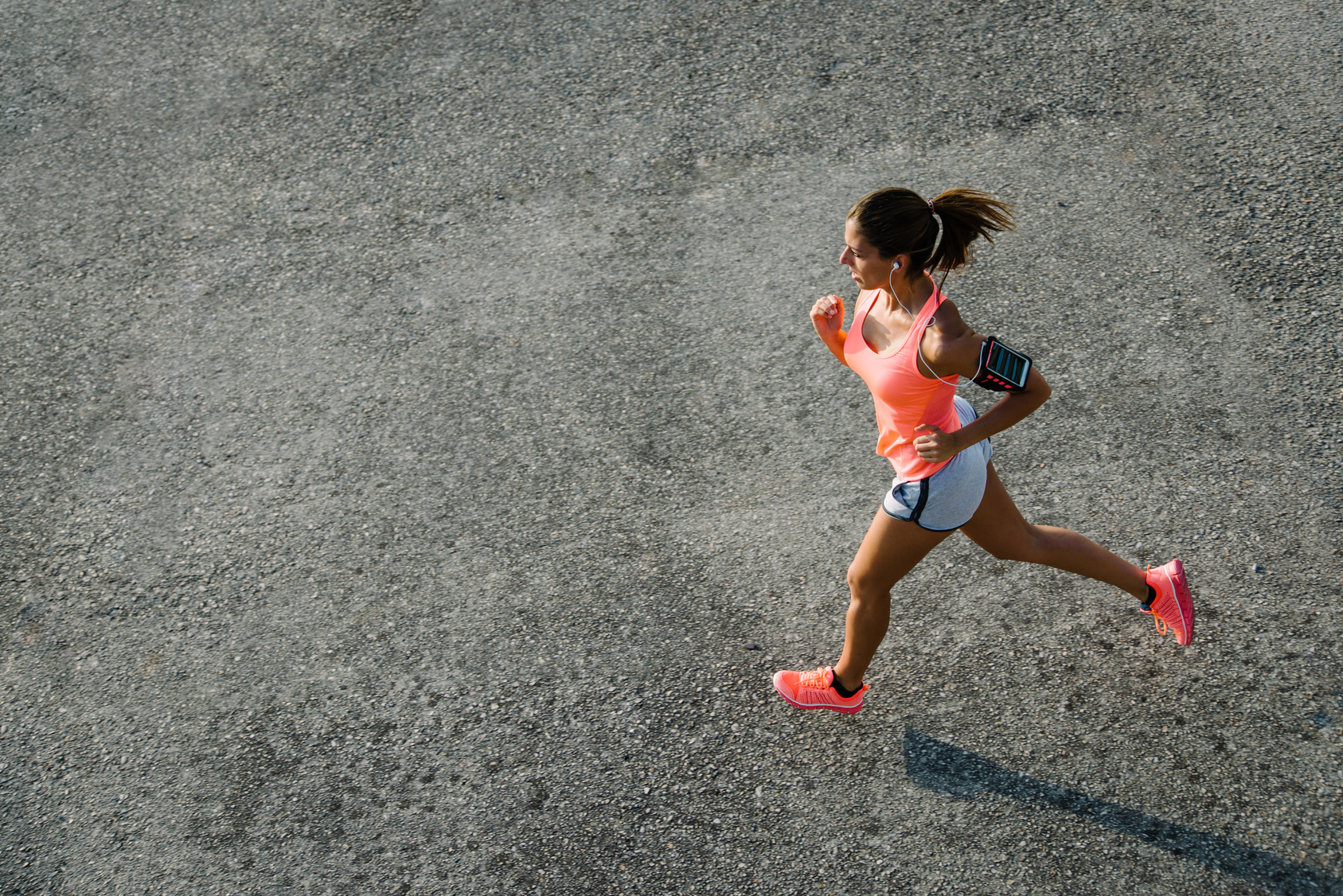If you’ve got a need for speed and a curiosity about Usain Bolt’s lightning pace, then you’re in for a thrilling ride!
Unless you’ve been hibernating for the last decade, you probably know that Usain Bolt is the sprinting sensation who set the track on fire.
In this article, we’re strapping on our running shoes to explore the electrifying world of Usain Bolt. We’ll unravel the mysteries of his top speed, dissect his jaw-dropping records, peek into his training secrets, and even stage an epic showdown between Bolt and some of nature’s fastest creatures.
Are you ready to feel the adrenaline rush? Let’s rev up those engines and hit the track!
Who is Usain Bolt?
Alright, folks, let’s talk about the man, the myth, the legend: Usain Bolt!
Now, in case you’ve been living in a parallel universe, let me catch you up to speed. Usain Bolt, the Jamaican speedster extraordinaire, officially hung up his running spikes in 2017. But guess what? He’s still wearing the crown as the fastest human being to have ever graced this planet.
Why, you ask? Well, let’s rewind to the summer of 2008 in Beijing, China. That’s where the Bolt phenomenon blasted off. He didn’t just break world records; he shattered them into a million tiny pieces. Not once, not twice, but thrice!
Lightning struck not once but three times.
First, he blitzed past the 100-meter world record like it was a stroll in the park. Then, just for kicks, he shattered his own record, leaving us all dumbfounded. And as if that wasn’t enough, he set the 200-meter world record, making it look as effortless as a Sunday jog.
Oh, did I mention that he’s the proud owner of the 4×100-meter relay world record, too? Yes, you heard it right. This guy can run the final leg of a relay faster than most people can tie their shoelaces.
Usain Bolt Top Speed
Hold onto your hats because we’re about to dive into the heart-pounding realm of Usain Bolt’s mind-blowing speed records!
As of the time I’m typing this, the records for the men’s 100m and 200m sprints still proudly bear the name “Usain Bolt” in blazing letters. I mean, who else could it be, right?
Let’s dive a little deeper.
Usain Bolt’s 100m World Record
Usain Bolt didn’t just break the world record for this lightning-fast dash once; he did it not twice but three times between 2008 and 2009. Talk about rewriting the history books!
Picture this: a 21-year-old Bolt steps onto the track and shatters his fellow countryman Asafa Powell’s world record of 9.74 seconds. He blitzed through the 100 meters in an astonishing 9.72 seconds in May 2008, leaving everyone in awe. But he’s not done yet. Just a few months later, during the 2008 Olympics, Bolt decided to show the world what true speed looks like by improving his timing to a mind-boggling 9.69 seconds.
Now, let’s fast forward to the 2009 IAAF World Championship, where Bolt unleashes his inner lightning bolt. He crossed the finish line in the 100 meters at an astounding 9.58 seconds, a record that still stands today. During this record-breaking race, Bolt’s average ground speed was a jaw-dropping 37.5 km/h, and at his fastest, he reached an eye-watering 44.71 km/h in the 60-80-meter stretch.
To put that into perspective, imagine sprinting down the highway at nearly 45 km/h. That’s the kind of speed Usain Bolt can achieve!
Usain Bolt’s 200m World Record
Now, let’s shift our focus to Usain Bolt’s favorite playground – the 200m sprint.
While the 100m sprint made him a superstar, there’s something magical about the 200m that truly captured Bolt’s heart. It’s like the perfect blend of speed and endurance, and Bolt was born to conquer it.
In 2009, during the World Championships in Berlin, Bolt did something that seemed almost otherworldly. He blazed through the 200 meters in an astonishing 19.19 seconds, setting a new world record.
But here’s the real kicker – he didn’t just break the previous record; he shattered it into a million pieces!
The old record, held by the great Michael Johnson, was 19.32 seconds. Bolt, however, had other plans and sliced off a mind-boggling 0.13 seconds. It might not sound like much, but in the world of sprinting, it’s an eternity.
The 400M Relays
Now, let’s talk about the electrifying teamwork and incredible records that Usain Bolt and his fellow Jamaican sprinters achieved in the 4x100m relay.
In recent times, Jamaican teams have been an unstoppable force in the 4×100-meter relay. And guess who played a massive role in their relentless domination? You got it – Usain Bolt.
Together with his lightning-fast teammates, which included the likes of Michael Frater, Nesta Carter, and Yohan Blake, Bolt took the relay world by storm.
Their crowning achievement came in 2012 when they set a scorching world record time of 36.84 seconds in the 4x100m relay. This record-breaking feat solidified their status as the fastest relay team on the planet, and Bolt was right at the heart of it.
Imagine the sheer speed and precision required for four sprinters to seamlessly pass the baton and cover 100 meters each in under 37 seconds. It’s a breathtaking display of teamwork, trust, and, of course, raw speed.
How To Run Like Usain Bolt
ow, let’s unlock the secrets of how to run like the fastest man on Earth – Usain Bolt.
First things first, it’s essential to recognize that while you might not transform into a Bolt-level sprinter overnight, you can certainly learn from his approach to running and apply some principles to your own journey toward speed.
So, what are the keys to running like Usain Bolt?
Strong and Tall:
Bolt possesses an impressive physique that combines strength and height. While you can’t change your height, you can work on building strength. Strength training is an integral part of a sprinter’s regimen. Exercises like power cleans, lunges, and deadlifts can help you develop the explosive power needed for sprinting.
Western African Descent:
Bolt’s genetic makeup might have contributed to his sprinting prowess, but that doesn’t mean you can’t excel regardless of your background. Sprinting ability is influenced by a combination of factors, including genetics, but dedication and training can bridge the gap.
The Three Key Variables:
When it comes to sprinting speed, three crucial variables come into play:
- Your genetics
- Your running technique
- Your training
Let’s briefly explain each.
Your Genetics – The Divine Gift
Genetics does play a significant role in sprinting ability. Some individuals are born with a genetic predisposition for sprinting, thanks to their fast-twitch muscle fibers. These fibers are like the nitro boosters in a sprinter’s engine. They contract quickly and forcefully, perfect for those explosive starts and bursts of speed needed in sprinting. This allows for rapid, explosive movements, generating more power and force.
Research has indeed shown that runners born with a higher percentage of these fast-twitch fibers – around 75 percent – have a head start in the speed department.
Training and Technique – The Equalizer:
Now, here’s the good news for aspiring sprinters – while genetics play a role, it’s not the whole story. With the right training and technique, you can maximize your speed potential.
Here’s the truth.
Training: A well-structured training program can help you unlock your inner sprinter. It involves a mix of sprint-specific workouts, strength training, plyometrics, and drills. By targeting fast-twitch muscle development, you can enhance your power output and speed.
Technique: Sprinting isn’t just about raw power; it’s also about efficiency. Proper running form, including landing on the forefoot, maintaining good posture, engaging your core, and using your arms effectively, can significantly impact your speed. Coaches and trainers can provide valuable guidance to refine your technique.
The Perfect Sprinting Technique
Let’s break down the elements of sprinting form that can take your speed to the next level:
- Foot strike – Glide Like a Gazelle: Instead of thumping down on your heels, aim to land softly on the forefoot or mid-foot. This gentle touch allows for quicker, more efficient strides. Imagine yourself gliding like a gazelle, not pounding like a heavyweight boxer.
- Good Posture – Stand Tall and Proud: Picture a string pulling you gently upward from the top of your head. Keep your head upright and in line with your body. Shoulders should be relaxed, not hunched. Good posture ensures you’re directing all your energy in the right direction – forward!
- Engage Your Core – Your Powerhouse: Your core muscles are your powerhouse. Engage them to maintain a straight back and proper alignment. This core engagement helps you generate force efficiently and transfer it through your body.
- Arms – The Silent Propellers: Your arms play a crucial role in sprinting. Keep them loose and relaxed, forming right angles at the elbows. As you sprint, pump your hands to shoulder level, driving them forward and backward. Your arms act like silent propellers, helping to balance your stride and generate forward momentum.
- Heels – High and Mighty: Your heels should lift off the ground in high arcs, almost brushing your bottom before sweeping through to the front. Think of your legs as pistons, with each stride delivering maximum power.
Sprint Training
As for sprint training, try the following:
- Sprinting Practice – Speed Begets Speed: To get faster, you have to run fast. Make sprinting a core part of your training regimen. Usain Bolt himself spent countless hours honing his sprinting skills. Practice accelerations, sprints, and interval training to improve your speed.
- Comprehensive Training Plan: Your training should encompass more than just sprinting. Include strength training to build powerful leg muscles and enhance explosiveness. Exercises like power cleans, squats, and lunges can be game-changers.
- Perfect Your Technique: Continuously refine your sprinting form, as we discussed earlier. Pay attention to the details, and over time, your efficiency will improve.
- Rest and Recovery: Bolt knew the importance of recovery. Adequate rest allows your body to repair and grow stronger. Don’t overlook this crucial aspect of training.
- Seek Expert Guidance: Consider working with a coach who can provide personalized guidance. They can analyze your form, create a tailored training plan, and help you reach your sprinting goals.
Weight Training
Sprinters also need robust muscles to help propel them forward as fast as possible. That’s where resistance training can help.
Some of the best exercises to help you improve speed and power include:
- Power cleans
- Sled push
- Barbell lunges
- Romanian deadlift
- Hanging leg raises
- Lying leg raises
- Side-plank clams
- Cable knee drives
- Explosive Barbell Step-Ups
- Bunny hops
- Box jumps
- Bounds
- Sled Drag
Is Usain Bolt Faster Than a Cheetah? Racing the Animal Kingdom
Now that we’ve marveled at Usain Bolt’s lightning-fast sprinting abilities, let’s dive into a thrilling hypothetical race – Usain Bolt vs. the Animal Kingdom! While Bolt is undoubtedly one of the fastest humans to grace the planet, there are some incredible speedsters in the animal world that would give him a run for his money.
First up is the cheetah, often hailed as the fastest land animal. Picture this: Bolt, the Jamaican sprint sensation, lining up against a cheetah on the track. While Bolt’s top speed clocks in at a remarkable 27.8 miles per hour (44.71 km/h), the cheetah leaves him in the dust, hitting speeds of up to 70 miles per hour (112.65 km/h). That’s more than double Bolt’s fastest pace!
But the competition doesn’t end there. Let’s not forget the pronghorn antelope, capable of sprinting at an impressive 61 miles per hour (98.17 km/h). Even a lion and a Thomson’s gazelle can reach 50 miles per hour (80.47 km/h) – twice as fast as Bolt.
Check out how his speed stacks up against some of the world’s speediest creatures:
| Animal | Speed(mph) |
| Cheetah | 70.00 |
| Pronghorn antelope | 61.00 |
| Lion | 50.00 |
| Thomson’s gazelle | 50.00 |
| Wildebeest | 50.00 |
| Quarter horse | 47.50 |
| Gray fox | 42.00 |
| Hyena | 40.00 |
| Ostrich | 40.00 |
| Zebra | 40.00 |
| Greyhound | 39.35 |
| Jackal | 35.00 |
| Rabbit (domestic) | 35.00 |
| Giraffe | 32.00 |
| Cat (domestic) | 30.00 |
| Kangaroo | 30.00 |
| Warthog | 30.00 |
| Elephant | 25.00 |
| Usain Bolt | 23.50 |
| Black mamba snake | 20.00 |
| Squirrel | 12.00 |
| Pig (domestic) | 11.00 |
| Chicken | 9.00 |
| House mouse | 8.00 |
And there you have it, folks! Usain Bolt’s top speed is nothing short of extraordinary in the world of human athletics.
He’s left a trail of broken records and awe-struck fans in his wake; however, when it comes to the natural world’s speed demons, like cheetahs and pronghorns, even the fastest man alive takes a back seat.
If you’ve ever wondered what it would be like to race against Bolt, just remember that in a race against these land animals, he wouldn’t stand a chance. Nature’s speedsters have him beat.
I hope you enjoyed this glimpse into the world of sprinting and animal speed. If you have any more questions or want to share your thoughts, please feel free to leave your comments below.
Have a fantastic day, and keep chasing your own personal records!
Image source – Wikipedia

















